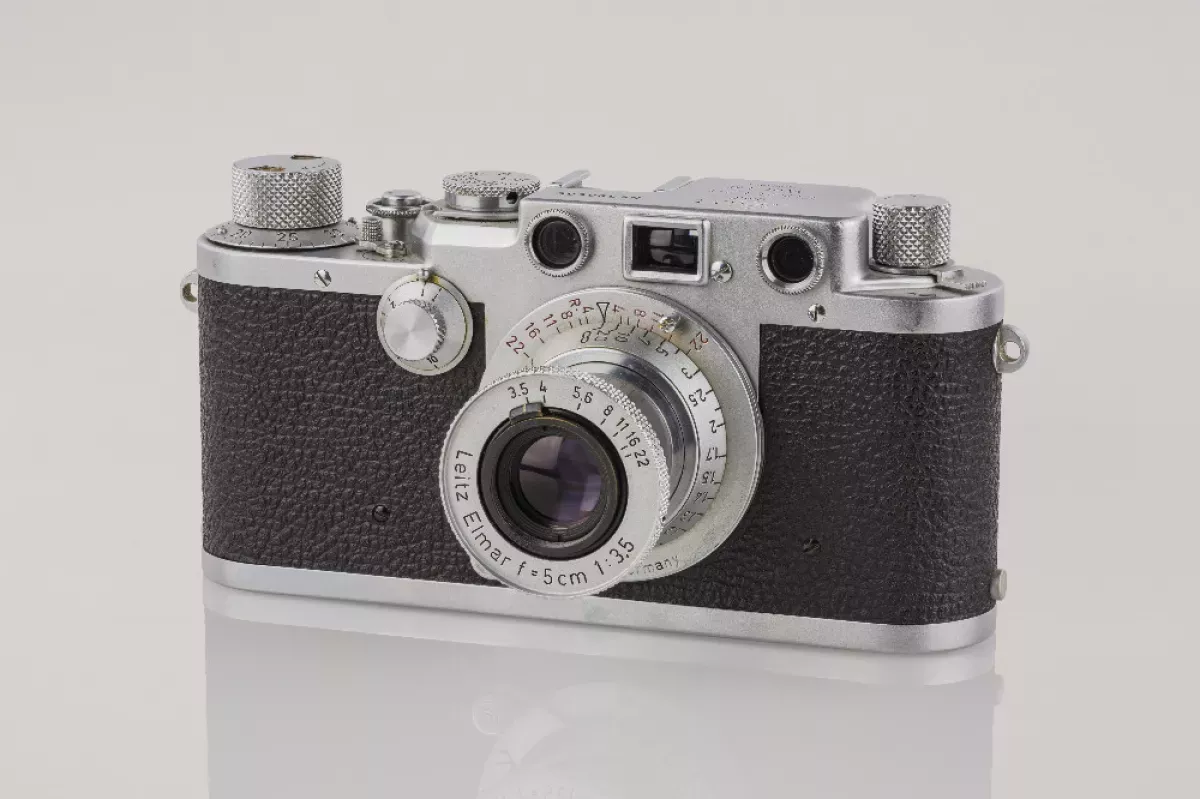A camera is an instrument for capturing and storing images or videos, either digitally using electronic sensors or chemically with light-sensitive materials like photographic film. A critical technology in photography and videography, cameras have heavily influenced visual arts, media, entertainment, surveillance, and scientific research. Originating in the 19th century, camera technology has advanced considerably, resulting in a multitude of types and models.
1912: Vest Pocket Kodak Introduction
In 1912, the Vest Pocket Kodak, one of the smallest and best-selling cameras, was first sold. It was available in two generations until 1934.
1934: End of Vest Pocket Kodak Sales
In 1934, sales of the Vest Pocket Kodak ended after two generations. The Vest Pocket Kodak was one of the smallest and best-selling cameras.
1937: Minox Camera Production
In 1937, the Minox company began producing the expensive 8x11mm Minox camera, the only type of camera they manufactured until 1976. It became widely known and was often used for espionage.
1952: Introduction of Ricohflex III TLR
In 1952, the affordable Ricohflex III TLR was introduced by a Japanese manufacturer, advancing camera technology.
1954: Asahiflex II Release
In 1954, the Asahiflex II, released by Asahi (Pentax), became the world's first SLR camera with an instant return mirror, a feature not seen in SLR cameras before this date.
1960: Olympus AutoEye Introduction
In 1960, the Olympus AutoEye, the first 35mm SLR with automatic exposure, was introduced, showcasing new designs and features in camera technology.
1975: Kodak's First Digital Camera
In 1975, the first camera using digital electronics to capture and store images was developed by Kodak engineer Steven Sasson. It utilized a CCD and saved black and white images onto a cassette tape, which could then be viewed on a TV monitor.
1976: End of Exclusive Minox Production
In 1976, the Minox company ceased exclusively producing the 8x11mm Minox camera, which had been their only product since 1937. The company later began producing larger cameras as well.
1986: Nikon SVC Introduction
In 1986, the Japanese company Nikon introduced the Nikon SVC, an analog-recording electronic single-lens reflex camera.
2000: Development of full-frame digital SLR cameras
Around 2000, full-frame digital SLR cameras were developed in Japan by Pentax (MZ-D) and Contax (N Digital).
2000: Sharp J-SH04 J-Phone Introduction
In 2000, Sharp introduced the J-SH04 J-Phone, the world's first digital camera phone, in Japan.
2002: Development of full-frame digital SLR cameras by Canon
Around 2002, the EOS-1Ds by Canon was developed as a full-frame digital SLR camera in Japan.
2003: Digital Camera Sales Surpass Film Cameras
By 2003, digital camera sales surpassed film cameras in the United States, marking the culmination of the transition to digital photography in the late 20th century.
Mentioned in this timeline
Japan is an East Asian island country situated in the...
Trending
1 month ago Six missing children found safe in Lancaster County after search by police.

7 months ago Randy Travis and Wife Invest in Jackson's Metrocenter Mall Revitalization Project.

7 months ago Gavin Newsom faces challenges in final term amid budget concerns and 2028 ambitions.

1 month ago Stallone Protected Himself with Body Armor for Snipes' Intense 'Demolition Man' Performance.

2 months ago Al Pacino's Godfather Streaming Success; Heat 2 Production Moves Forward with Mann
7 months ago Severe Thunderstorms Expected in Alabama: High Winds and Heavy Rainfall Possible
Popular

Candace Owens is an American conservative political commentator and author...

Ilhan Omar is an American politician currently serving as the...

XXXTentacion born Jahseh Dwayne Ricardo Onfroy was a controversial yet...

Tom Cotton is an American politician and Army veteran currently...
The Kennedy Center Honors are annual awards recognizing individuals and...

Kelsey Grammer is an accomplished American actor producer and singer...
